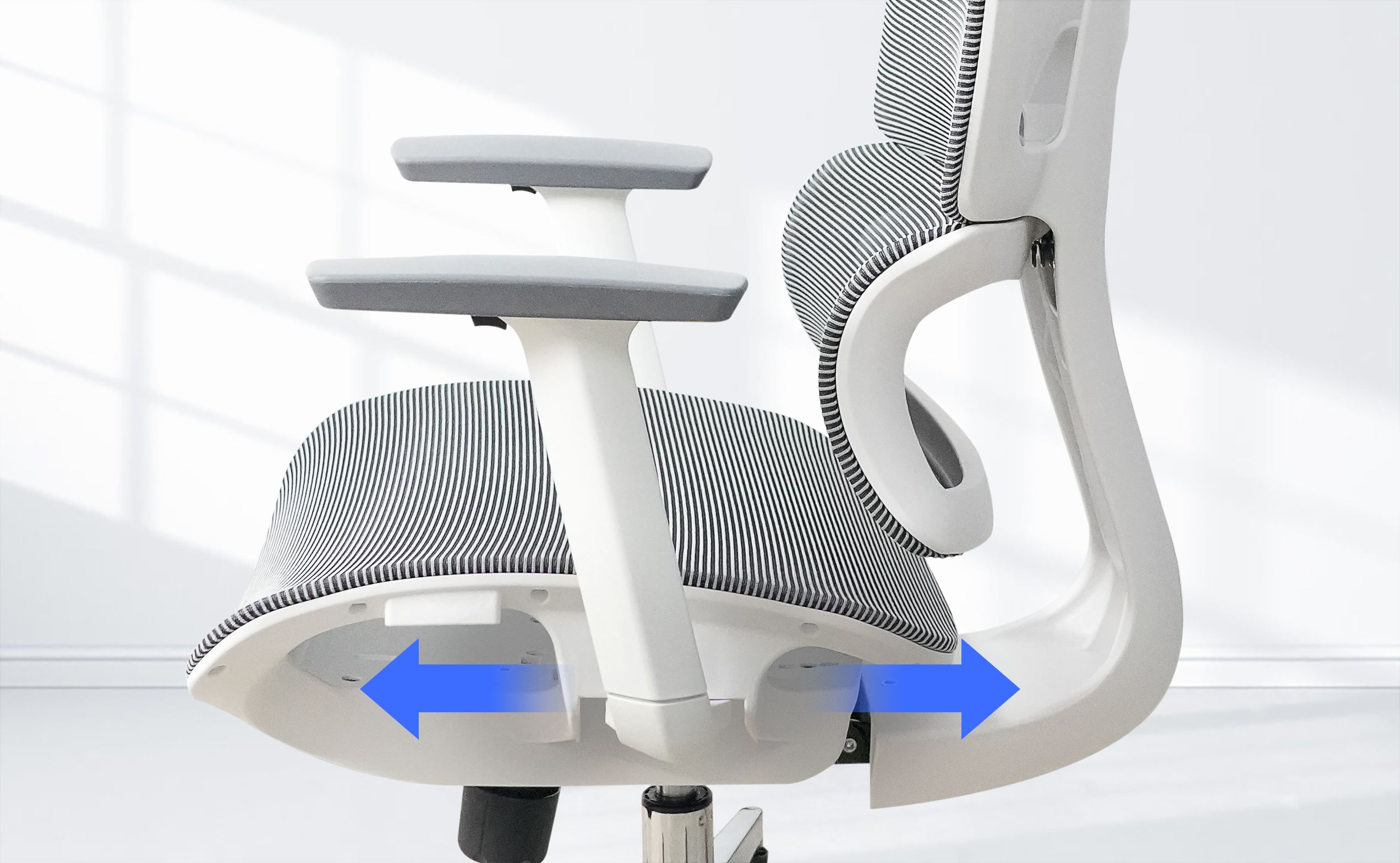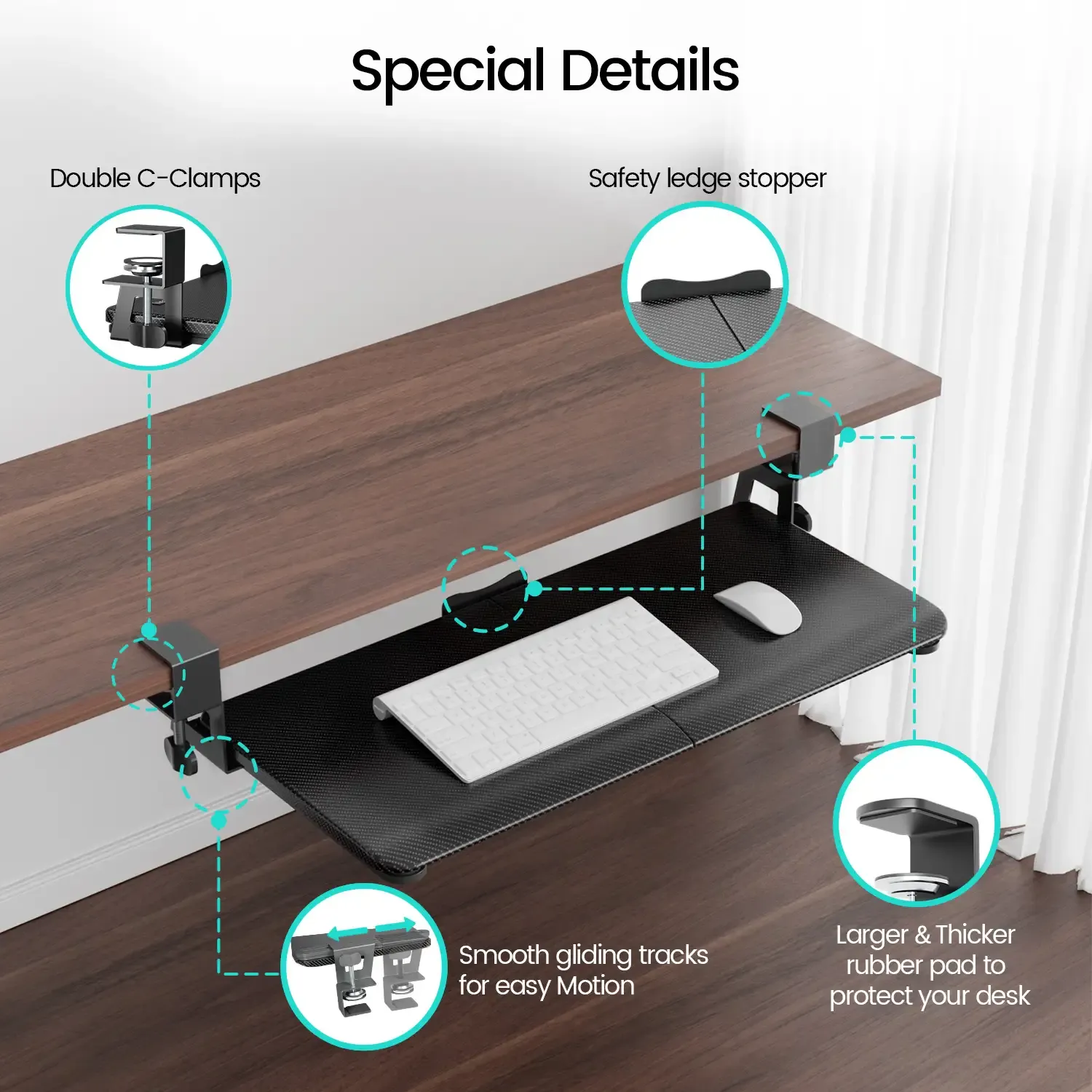In this post, we explore the financial benefits of remote work policies, showing how they can save businesses up to $12,000 annually or more. By reducing office space needs, utility costs, and employee sick days, companies can streamline expenses while maintaining productivity. Additionally, investing in ergonomic office setups for remote teams ensures comfort and efficiency. The article offers actionable cost-saving ideas for both fully remote and hybrid work models.
"Do we really need this much office space?"
"Why are we still paying for all this unused equipment?"
"Is remote work actually saving us money—or just shifting costs?"
If you’ve asked yourself any of these questions lately, you’re not alone. As someone who’s helped businesses streamline their operations (and their budgets), I can confidently say this:

A solid remote work policy can reduce office overhead by as much as $12,000 a year—sometimes even more.
Let’s break down exactly how that happens, what the most effective cost saving ideas for office setups are, and how to maximize remote work cost savings without sacrificing comfort or productivity.
📉 Remote Work Policy: The $12K Cost Cutter You Didn't Expect
The idea that remote work cost savings are limited to rent or snacks is a myth. In reality, the savings touch every corner of your office budget.
Here’s what disappears or dramatically shrinks with a smart remote work policy, even if it's part-time or hybrid:
- 🏢 Smaller office footprint = lower lease costs
- ⚡ Lower utility bills (lighting, internet, HVAC)
- 🪑 Fewer physical workstations to maintain
- 🧹 Reduced janitorial or cleaning services
- ☕ Less spent on coffee, snacks, and in-office perks
Even with just 50% of your workforce going remote, these cost saving ideas for office expenses can yield serious gains. You’re looking at $1,000/month or more—that's your $12K per year, easily.
💺 Ergonomics Matter: Chairs for Tall, Short & Everyone in Between
Shifting to a remote work policy doesn’t mean sacrificing comfort. It’s actually the perfect opportunity to upgrade your team’s setups and increase productivity.
Why? Because the right chair reduces back pain, improves posture, and minimizes time off due to discomfort. And yes—this plays directly into your remote work cost savings strategy.
🔗 Ergonomic office chair for short women
Perfect for small-framed users who’ve struggled with dangling feet or poor lumbar support.
🔗 Get Taller Chair

Designed for those over 6 feet or 250+ lbs. It supports better spinal alignment during long hours of remote work.
These are one-time investments that supercharge your cost saving ideas for office setups—especially when your workforce is remote.
🛠️ Remote Work Cost Savings Go Way Beyond Rent
Here’s something most companies overlook: the remote work cost savings don’t stop at your lease. Tech usage, workflows, and even sick leave trends improve under a flexible remote work policy.
Start here:
- ✂️ Cancel on-prem software and transition to cloud tools
- 🖨️ Stop over-ordering printer ink and paper
- 📦 Downsize snack delivery and janitorial services contracts
Then there’s the big win: fewer sick days. Studies show that employees under a well-supported remote work policy take fewer unplanned days off.
That’s a major part of your cost saving ideas for office and HR budgets combined.
⌨️ Small Desk Upgrades = Big Productivity Wins
What if I told you that adding a keyboard tray or a height-adjustable desk could boost your team’s energy, posture, and output? It’s true—and it’s one of the best cost saving ideas for office teams working remotely.
🔗 Keyboard Tray Under Desk Clamp

Reduces wrist strain and opens up workspace. Perfect for keeping things ergonomic at home.
🔗 Ergonomic Sit Stand Desk

A game-changer for energy and focus. Helps break the cycle of sedentary fatigue that kills productivity.
Yes, there's an upfront investment—but these pay off in fewer breaks, better mood, and long-term remote work cost savings.
💡 Cost Saving Ideas for Office Teams Using Hybrid Models
You don’t need a fully remote workforce to see results. A hybrid remote work policy with alternating in-office days brings serious value too.
Here’s how hybrid teams can save:
- 🅿️ Reduce parking and commute reimbursements
- 🖥️ Switch to hot-desking (no more one-desk-per-person)
- 🍪 Cut waste in snacks and beverages
- 🧽 Reduce wear and tear on shared equipment
Want to maximize your cost saving ideas for office? Reinvest some of those savings into high-quality ergonomic setups for your remote team.
📊 How to Measure Remote Work Cost Savings
If you want to make your remote work policy permanent—or just get buy-in from leadership—you need data.
Here’s what to measure:
- Lease/utilities before and after your remote work policy
- Janitorial, maintenance, and cleaning service changes
- Supply and equipment orders month-over-month
- Sick days, productivity metrics, and turnover rates
Compile these numbers, and you’ll quickly realize why remote work cost savings aren’t just theoretical—they’re measurable and scalable.
📬 FAQs: Remote Work Policy & Cost Savings Simplified
Q: Does a remote work policy really save $12K per year?
A: Absolutely. For many teams, it’s actually more. Cutting rent, snacks, janitorial, and utilities easily adds up—especially when paired with effective cost saving ideas for office processes.
Q: Won’t setting up remote work equipment eat into the savings?
A: Not long-term. Desks and chairs are one-time investments, unlike ongoing rent or cleaning contracts. You’ll still come out ahead.
Q: What are the most overlooked cost saving ideas for office teams going remote?
A: Hot-desking, canceling unused software, switching to digital tools, and providing ergonomic home office upgrades are all big wins.
Q: How can I keep my team focused while remote?
A: Start with comfort. Provide an ergonomic sit-stand desk and a chair that fits each user. A solid remote work policy builds flexibility and accountability.
🧠 Final Thoughts: Remote Work Policy = Real Savings
Remote work isn’t just a lifestyle trend—it’s a bottom-line booster. A strategic remote work policy lets you reduce expenses, improve employee satisfaction, and boost productivity.
And when you align that with smart cost saving ideas for office setups and thoughtful equipment choices, your remote work cost savings multiply year over year.













































